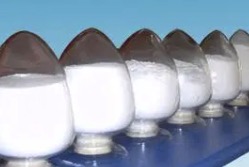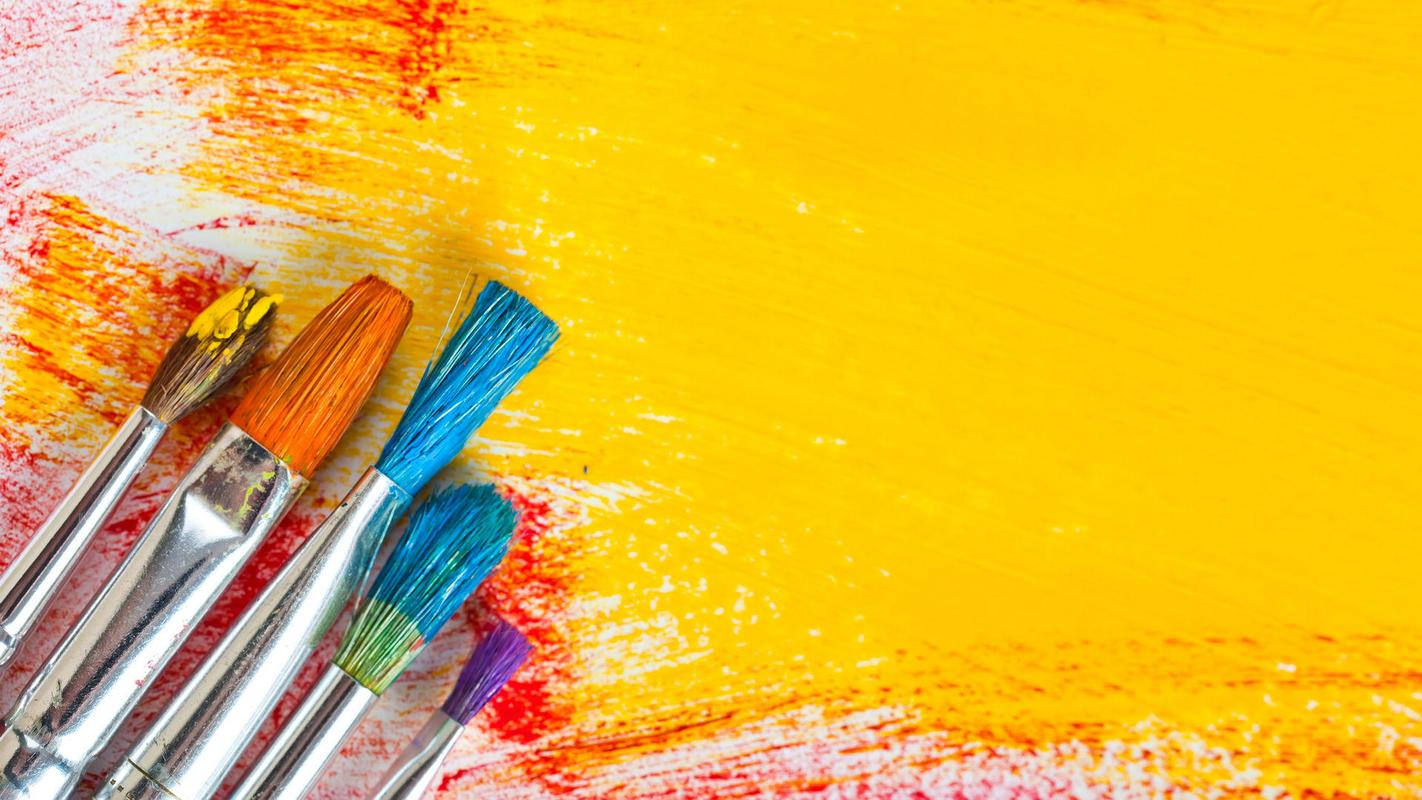Application of Titanium Dioxide
The chemical properties of titanium dioxide are relatively stable and generally do not react with other substances. They are mainly divided into platy titanium dioxide, anatase titanium dioxide and rutile titanium dioxide. Titanium dioxide is in great demand in the market and is used in various fields. Including: coating, paper, plastic, prevention, ink, medicine and other industries, the following will introduce you in detail.

Titanium dioxide is widely used in coatings, plastics, rubber, ink, paper, chemical fiber, ceramics, daily chemicals, medicine, food and other industries. The paint industry is the largest user of titanium dioxide, especially rutile titanium dioxide, which is mostly consumed by the paint industry. Coatings made of titanium dioxide have bright colors, high covering power, strong tinting power, low dosage, and many varieties, which can protect the stability of the medium, and can enhance the mechanical strength and adhesion of the paint film to prevent cracks. Prevents the penetration of UV rays and moisture and prolongs the life of the paint film.
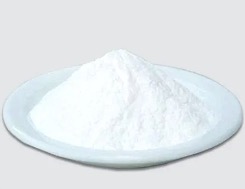
The plastics industry is the second largest user. Adding titanium dioxide to plastics can improve the heat resistance, light resistance and weather resistance of plastic products, improve the physical and chemical properties of plastic products, enhance the mechanical strength of products, and prolong service life.
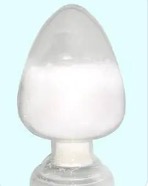
The paper industry is the third largest user of titanium dioxide. As a paper filler, it is mainly used in high-grade paper and thin paper. Adding titanium dioxide to the paper can make the paper have good whiteness, good gloss, high strength, thin and smooth, no penetration during printing, and light weight. Titanium dioxide for papermaking generally uses anatase titanium dioxide without surface treatment, which can act as a fluorescent whitening agent and increase the whiteness of paper. However, the laminated paper requires the use of surface-treated rutile titanium dioxide to meet the requirements of light resistance and heat resistance.
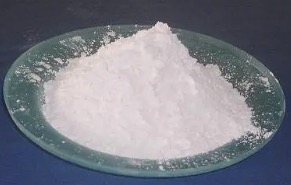
Titanium dioxide is also an indispensable white pigment in advanced inks. The ink containing titanium dioxide is durable and does not change color, has good surface wettability and is easy to disperse. Titanium dioxide used in the ink industry has both rutile and anatase types.
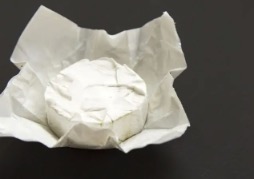
Textile and chemical fiber industries are another important application area for titanium dioxide. Titanium dioxide for chemical fiber is mainly used as a matting agent. Since the anatase type is softer than the golden red type, the anatase type is generally used. Titanium dioxide for chemical fiber generally does not need surface treatment, but some special varieties need surface treatment in order to reduce the photochemical effect of titanium dioxide and avoid fiber degradation under the action of titanium dioxide photocatalysis.
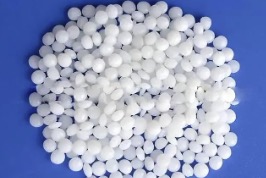
Titanium dioxide is not only used as a colorant in the rubber industry, but also has the functions of reinforcement, anti-aging and filling. Titanium dioxide is added to white and colored rubber products. Under sunlight, it is resistant to sunlight, does not crack, does not change color, has a large elongation rate and is resistant to acid and alkali. Titanium dioxide for rubber is mainly used for automobile tires, rubber shoes, rubber floors, gloves, sports equipment, etc., generally anatase type. But for the production of automobile tires, a certain amount of rutile products are often added to enhance the anti-ozone and anti-ultraviolet capabilities.
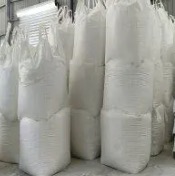
Titanium dioxide is also widely used in cosmetics. Because titanium dioxide is non-toxic and far superior to lead white, almost all kinds of fragrant powder use titanium dioxide to replace lead white and zinc white. Only 5%-8% titanium dioxide can be added to the fragrance powder to obtain permanent white color, which makes the fragrance more creamy, with adhesion, absorption and covering power. In gouache and cold cream, titanium dioxide can reduce the feel of greasy and transparent. Titanium dioxide is also used in various other fragrances, sunscreens, soap flakes, white soaps and toothpaste.
